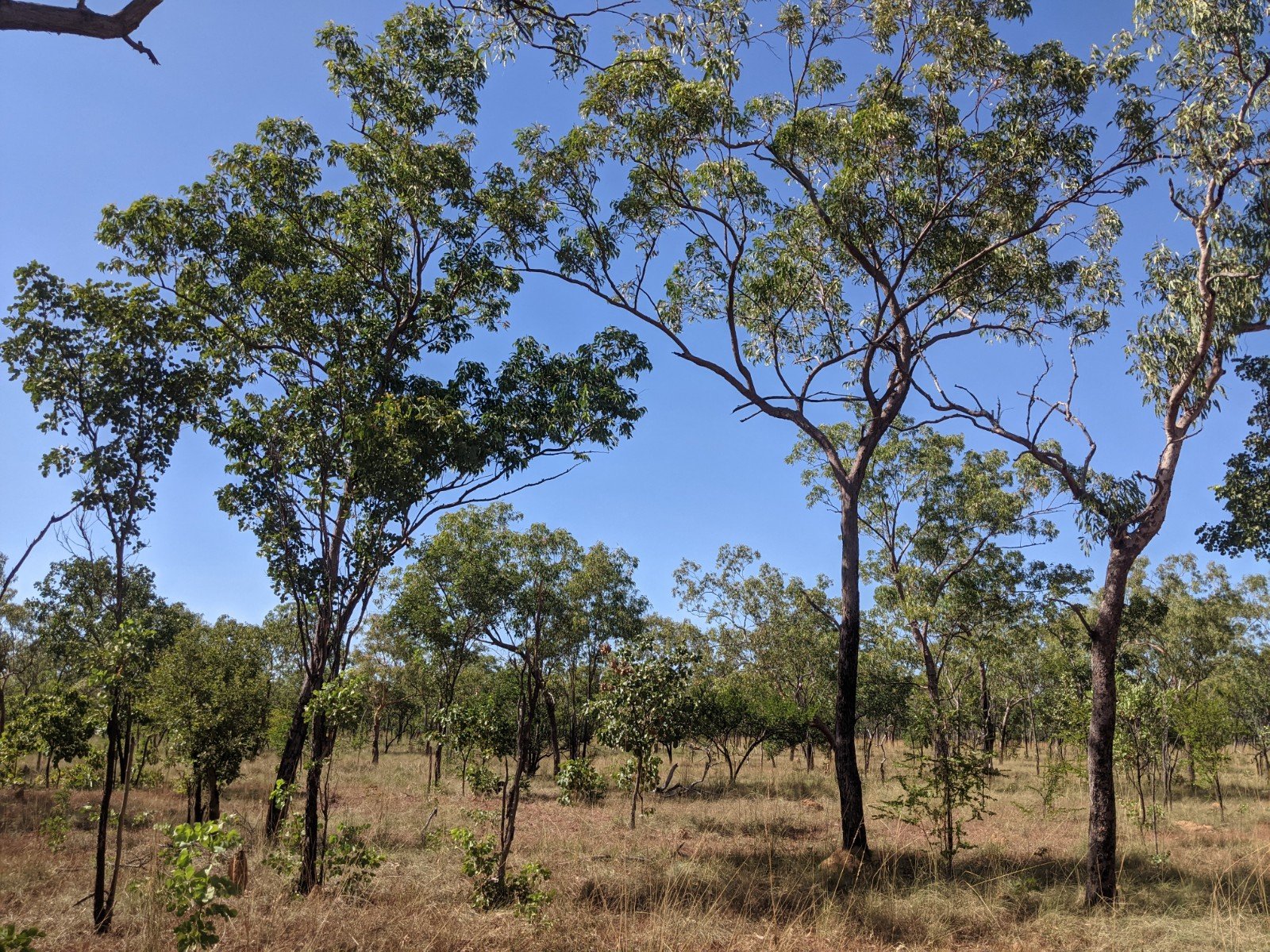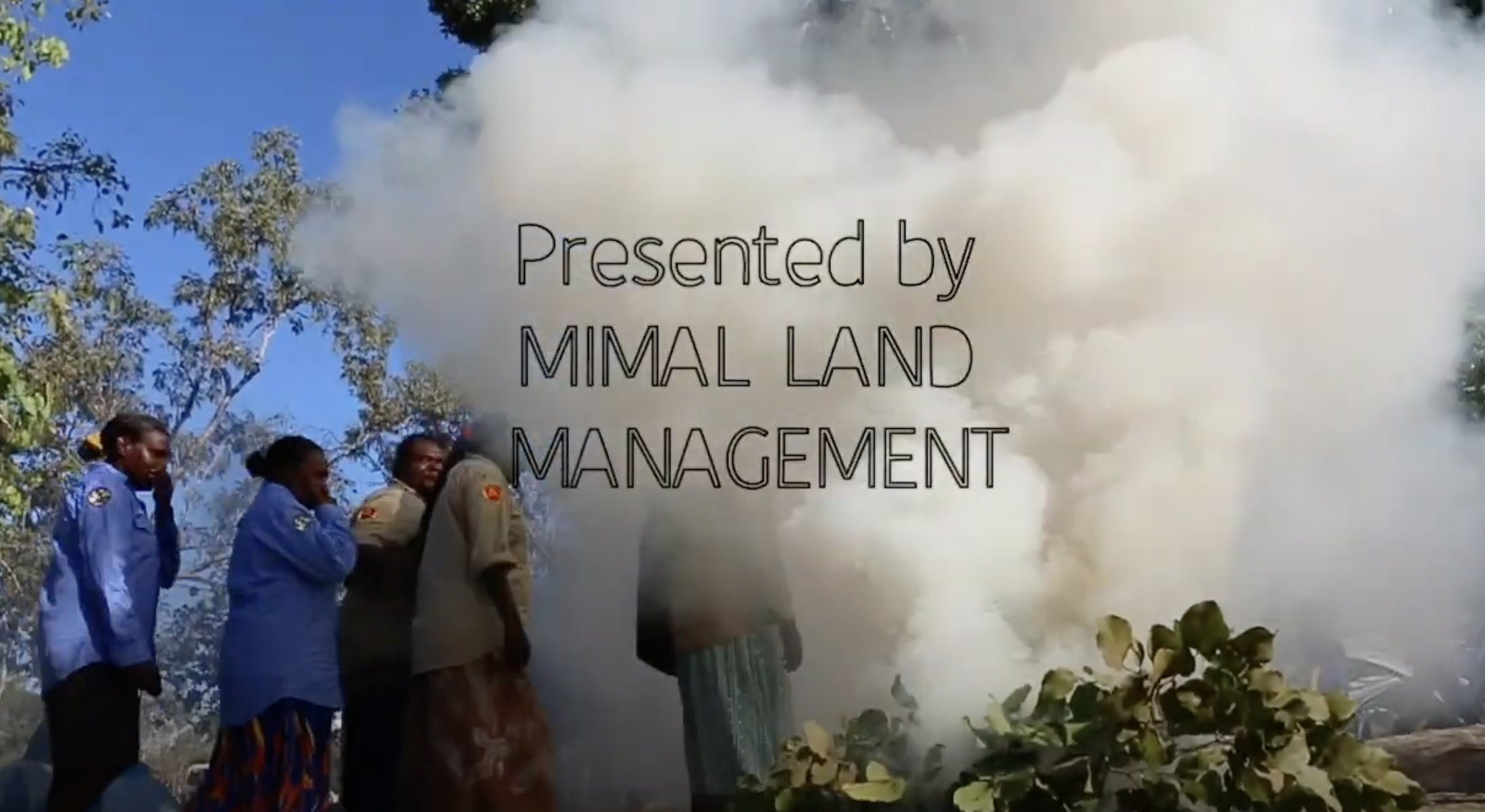
Strong Women for Healthy Country Network
Report on the 2023-2024 pilot study investigating leadership and advocacy pathways for First Nations women caring for Country, carried out in a partnership between the University of Queensland, the World Wide Fund for Nature – Australia, and the Strong Women for Healthy Country Network (supported by Mimal Land Management Aboriginal Corporation)
BACKGROUND
Indigenous women across the Northern Territory have been designing and driving the Strong Women for Healthy Country Network over the past 5 years, with support from Mimal Land Management. In 2019, Rembarrnga, Dalabon, and Mayili Elders invited women caring for Country from across the Northern
Territory to meet at Bawurrbarnda in Central Arnhem Land. Here, women from 32 ranger groups articulated our shared vision:
“We are strong Indigenous women of the Northern Territory. We stand united as one strong voice. We commit to a network that gives equal power to the rights of all our women. Strong Women means Healthy Country.”
In 2021, 260 women gathered at Banatjarl on Jawoyn Country, and formed their Message Sticks Group to maintain their network in between forums. In 2022, 200 women gathered at Inteye Arrkwe on Eastern Arrernte Country and worked together to design
a strategy and identify collective priorities for our network. In 2023, 200 women gathered again at Pudakul on Limilngan-Wulna Country, and put these priorities into action!
In in 2024, 260 women reunited at Crab Claw Island on Larrakia Country for our fifth Strong Women for Healthy Country Forum to continue our collaborative art, music, bush medicine making, healing, self-care, and storytelling. We also shared our achievements and challenges caring for Country and community with each other and learnt new skills. This forum was an opportunity to build transparent governance for our network, one of the priority actions identified in our Strong Women for Healthy Country Strategy.

-

2024
Larrakia Country
-

2023
Pudakul, Limilngan-Wulna Country
-

2022
Inteye Arrkwe Country
-

2021
Banatjarl Country
Best practice principles for employing women caring for Country
Strong Women for Healthy Country have said they would feel safe and supported at work, if they have access to respectful workplaces, dedicated resources and training, flexible work schedules,
and representation in decision-making. At our 2022 Forum, Strong Women for Healthy Country recognised that organisations with different capacities employ women caring for Country under a
range of circumstances, and that different approaches will work best for different employers. That is why they have suggested a range of different approaches for employers to support women
caring for Country:
You can download the Best Practice Principles Here

“We are strong Idigenous women of the Northern Territory. We stand united as one strong voice…”
Donate to Strong Women for Healthy Country
Make a donation today to support Strong Women For Healthy Country network caring for their country and cultural heritage.
If you have any questions about donations, please get in touch or see our FAQs below:
Can I make monthly donations?
Yes, please use the online donation form and elect the ‘monthly’ button. We will email a tax receipt for your contribution following the end of each financial year.
Are my donations Tax Deductable?
Yes, all gifts of $2 or more are tax deductible within Australia.


